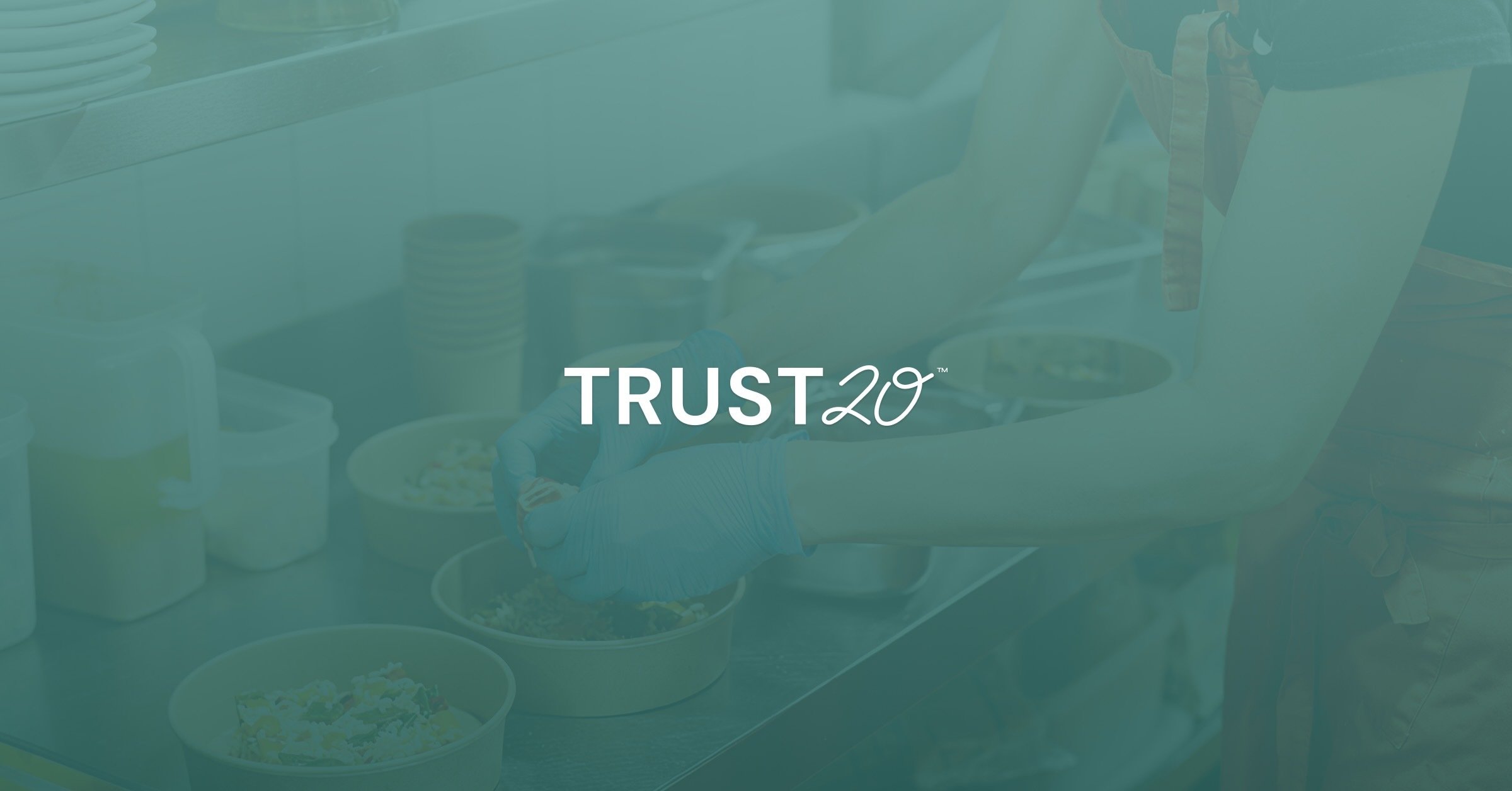In the United States, 3,000 people die each year from foodborne illnesses. This statistic shows that food safety isn’t just about keeping customers happy–it is a matter of life and death.1
As a leader, you are responsible for managing food safety in your establishment. A food manager’s responsibilities include ensuring your team knows how to avoid food safety mistakes.
But how do you ensure they respect the importance of these best practices enough to change their behavior?
In this post, we’ll explore the power of positive coaching and how you can become your team's food safety leader.
Here’s what we’ll cover:
Why should you use a positive approach?
How can I effectively coach food handlers through common mistakes?
Why is a strong food safety culture important?
Why should you use a positive approach?
A 2019 study found that training and positive reinforcement significantly improved food safety practices among staff.2
When you address problems constructively, you solve the immediate issue and build a culture of accountability and continuous improvement.
This approach means that food mishaps are more likely to be avoided in the future, as your staff is more likely to follow proper practices even when you’re not around.
Dealing with issues professionally and focusing on education (not discipline) will help your team understand the “why” behind your corrections instead of just feeling like they are in trouble.
After all, most food safety missteps don’t happen because staff willfully ignore food safety best practices or consciously choose not to follow them. Instead, they happen more often because your team members simply aren’t aware that they should be doing something different.
How can I effectively coach food handlers through common mistakes?
Now that we’ve covered the benefits of a positive approach, let’s review some common food safety missteps and the best practices for talking to food handlers on your team about them.
1. Not washing hands between tasks
Imagine a busy Friday night in your restaurant. The kitchen is buzzing, and one of your cooks moves from handling raw chicken to preparing a salad without washing their hands. Yikes!
This misstep can lead to cross-contamination, risking foodborne illnesses like salmonella. Poor hand hygiene is a health hazard and a major violation of food safety regulations.
Rather than making a scene, here’s an example of how you can address this situation:
“Hey, I noticed you moved from handling raw chicken to making a salad without washing your hands. I know it’s busy, but washing our hands between tasks is important to protecting everyone from cross-contamination. Do you think it would help to put up some signs as a quick reminder for the rest of the team?”
Opening a conversation with an “I” statement is a great way to prevent your staff from becoming defensive. Following it up with an opportunity for your team members to contribute their opinions is an effective way to get their buy-in on a solution.
In addition to individual reminders, operators and managers should ensure there is clear signage reminding staff to wash their hands and easily accessible handwashing stations.
2. Cross contact with an allergen
Picture this scenario: a team member uses the same cutting board to chop nuts and vegetables. It doesn’t seem like a big deal, but for customers with allergies, it could be catastrophic.
Remember, even trace amounts of allergens can trigger severe allergic reactions, leading to medical emergencies and potential lawsuits.
In the future, food handlers should aim to use clearly labeled and color-coded cutting boards and utensils for allergens. Storing allergenic ingredients separately and labeling them can help your team avoid confusion.
To deal with the situation in the meantime, here’s what you might want to say:
“Hey! You might not have remembered this, but those walnuts you just cut up are some of the most common allergens for our customers, and I saw that you cut up some vegetables right after. Do you mind cutting up a fresh batch of veggies on a clean cutting board? Moving forward, it might be helpful for us to color code our cutting boards. What do you think?”
3. Improper temperature control
You notice a tray of perishable food items on a counter throughout the day. As you get to the end of your shift, you realize it has been sitting out for more than six hours.
You know improper temperature control can lead to rapid pathogen growth, resulting in foodborne illnesses among your customers. Time and temperature abuse is also a health code violation that could lead to fines or shutdowns.
In the future, set clear guidelines for how long food can be left out. Ask food handlers to regularly check temperatures and keep detailed logs. Consider holding mini food safety training sessions about this (and other) important topics.
To coach your staff through this misstep, here’s what you might want to say:
“I noticed that the tray of chicken was left out for a few hours. Did you get busy and forget it? Hey, it happens! But we need to make sure we throw that chicken out and avoid leaving food out in the future. If we don’t keep food at the right temperature, bacteria can grow and make our customers sick. I’m going to put up a chart with the recommended times, along with temperature-checking guidelines. What else can I do to help you out here?”
4. Using contaminated equipment
Last but not least, we come to a scenario in which the dishwasher hasn’t properly cleaned and sanitized utensils. You now run the risk of cross-contamination, which could affect customer health and your establishment’s reputation.
Moving forward, it will be essential for you to provide your staff with ongoing training reminders on how to clean and sanitize equipment properly. You should also schedule routine checks to ensure everything is clean and functional.
But here’s the coaching conversation you might want to have right now:
“Hi, I noticed some utensils weren’t cleaned properly. Is there something wrong with the dishwasher? I can work to get it fixed. In the meantime, let’s rewash all those utensils since they need to be cleaned and sanitized to protect our customers.”
Why is a strong food safety culture important?
Unfortunately, unsafe food handling practices are among today's greatest threats to food safety–and food handler training is just one part of the prevention puzzle.
Teams that embrace a culture of food safety are the most effective at preventing foodborne illness outbreaks. You will have the most success if everyone on your staff is personally invested in food safety, not simply afraid of a citation or reprimand.
Cultivating a positive food safety culture requires constant attention. Taking a positive, educational approach to coaching and training can help your staff develop the right food-handling habits.
A study published in the International Journal of Occupational and Environmental Health summarizes it well: “The problem of worker-related food contamination is more complex than a single analysis or intervention, and…food control programs must consider more comprehensive approaches and account for a broader set of factors, in addition to knowledge, that may impact adherence to various food safety practices.”3
Next time you encounter a food handler’s error, try out some of the conversations above. If you need an extra hand, consider using Trust20’s trainings and resources to help support your efforts.
Remember, the food handlers on your team are the first line of defense against foodborne illnesses, and coaching them correctly can be the secret to their success!
Sources
-
CDC: About Food Safety
-
Azanaw, Jember et al.: Factors associated with food safety practices among food handlers: facility-based cross-sectional study
-
Clayton, Megan L. et al.: Listening to food workers: Factors that impact proper health and hygiene practice in food service






.png)

.png)
